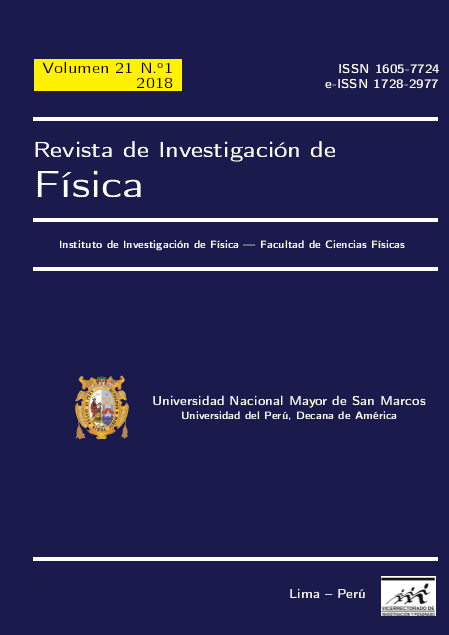3D printing in Applied Physics
DOI:
https://doi.org/10.15381/rif.v21i1.20229Keywords:
3D printing, filaments, FDM, STL, g-codeAbstract
In the last ten years, it's has been observed a technologic revolution in the low cost additive industry in which is involved the 3D printing open for a broad users universe that range from the same design industry to the diverse applications realized in primary, secondary and university education, and to prosthesis and organs development in medicine, dental pieces in odontology, fashion articles, architecture designs, automotriz industry parts and energy, and obviuosly, also in applied physics. In the present article, we present our direct experience on 3D printing, discussing about the fuse deposit modelling technique, FDM, for which we assembly two 3D prints and we talk about our 3D printing learning of objects designed for a Raman spectrometer using the OpenScad program, processing with Slic3r from Prusa and printed with g-code commands in the 3D printers assembled by us.
Downloads
Published
Issue
Section
License
Copyright (c) 2021 Rocío Montalvo, A.D. De la Cruz, Pablo Rivera

This work is licensed under a Creative Commons Attribution-NonCommercial-ShareAlike 4.0 International License.
THE AUTHORS RETAIN THEIR RIGHTS:
a. The authors retain their trademark and patent rights, as well as any process or procedure described in the article.
b. The authors retain the right to share, copy, distribute, perform and publicly communicate the article published in the Revista de Investigación de Física (for example, place it in an institutional repository or publish it in a book), with an acknowledgment of its initial publication in the Revista de Investigación de Física.
c. The authors retain the right to make a subsequent publication of their work, to use the article or any part of it (for example: a compilation of their works, notes for conferences, thesis, or for a book), provided that they indicate the source. of publication (authors of the work, journal, volume, number and date).














